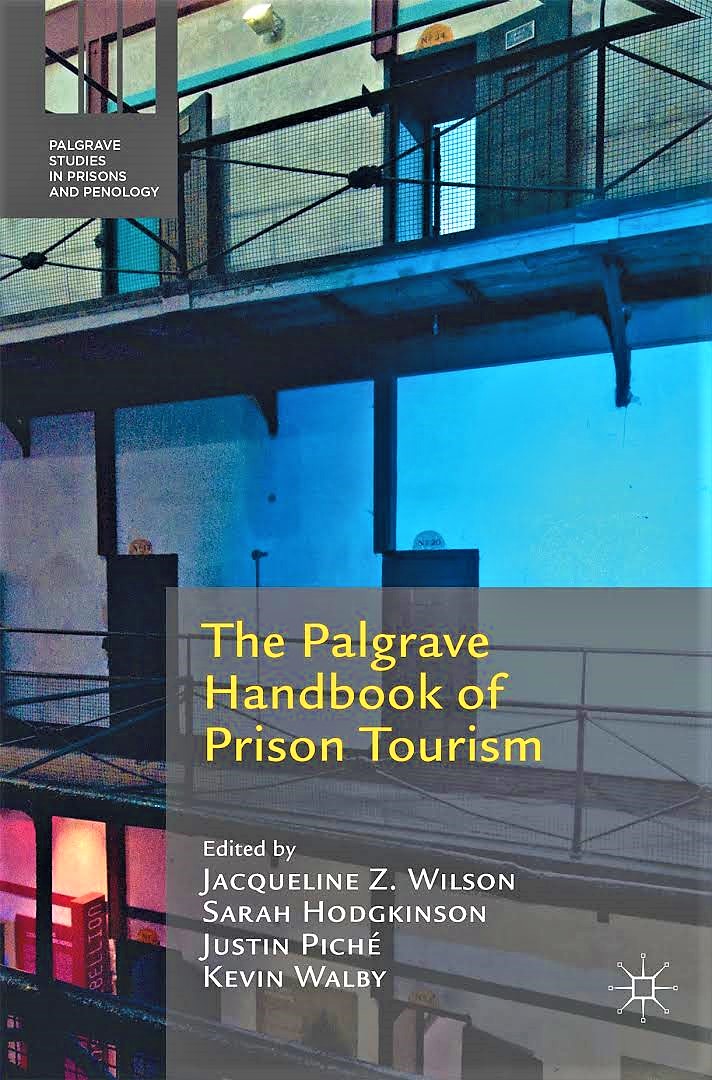Taiwan’s Former Political Prisons: From Incarceration to Curation
Abstract
In 1949, the Nationalist Party of China (Kuomintang, KMT) established a settler-state Chinese government in Taiwan, determining Taiwan’s fate for the next half century. The Party leader, Chiang Kai-Shek, imposed martial law (1949–1987) across Taiwan. During the martial law period, police and security forces were involved in torture, which included putting psychological pressure on detainees, as well as the surveillance and harassment of relatives and other associates of dissidents. Three prisons witnessed the persecutions during the period of martial law: the Jing-Mei Detention Centre; the New Life Correction Centre; and the Oasis Villa in Green Island. These prisons incarcerated more than 3000 political prisoners accused of treason or subversion. The Preparatory Office of the National Museum of Human Rights has managed these former prison sites since 2001. To address a “dark chapter” of Taiwan’s history, exhibitions were mounted at two sites, the Jing-Wei Detention Centre and the prisons in Green Island. They are perceived to be dissonant sites, part of a negative heritage haunted by unresolved arguments about a contested past, which is evident in the curatorial plans and interpretation of the exhibitions.

